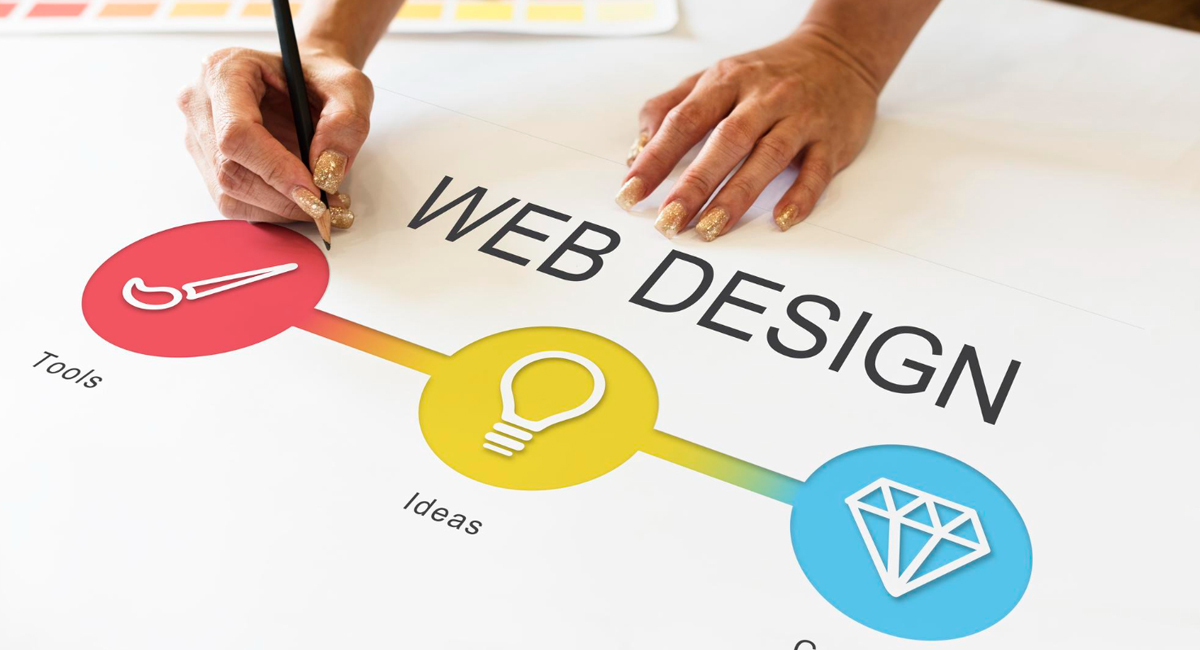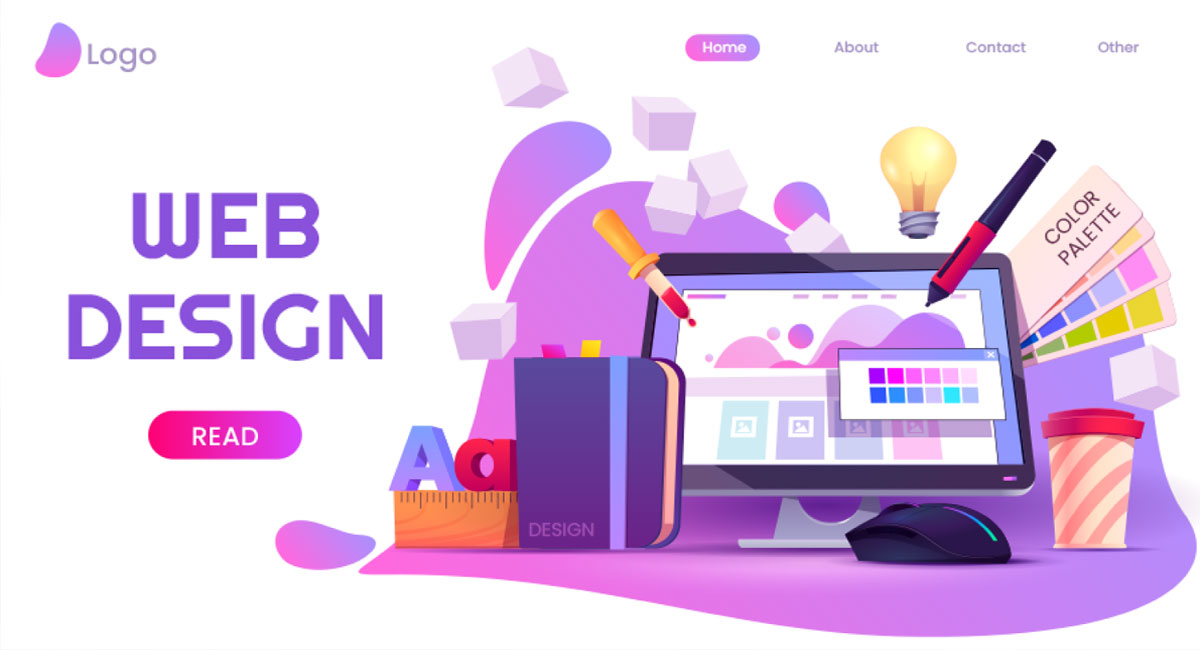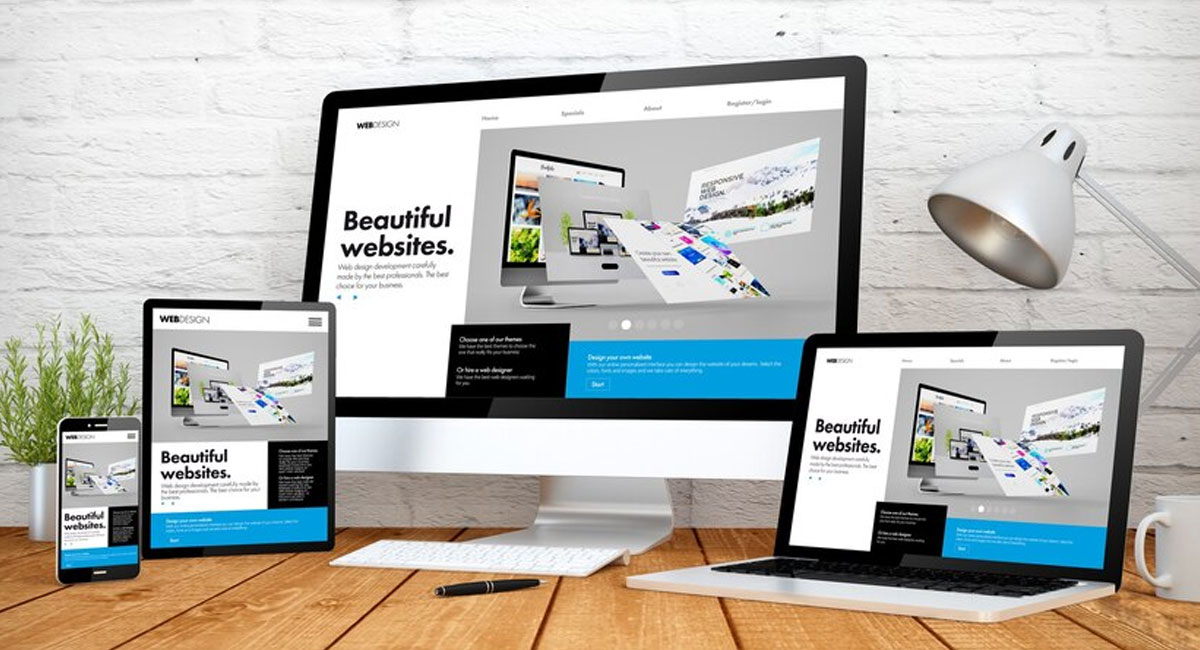
What is Web Designing? Complete Guide, Benefits & Key Elements
In today’s digital era, having a website is no longer optional—it’s essential. Most businesses, from small shops to large corporations, are building an online presence to expand their customer base. But with millions of websites across every niche, simply having a site isn’t enough. To stand out and gain trust, your website must be well-designed, user-friendly, and visually engaging.
This is where web designing comes in. Let’s explore what web designing is, what web designers do, and how good design can transform your brand’s online presence.
What is Web Designing?
Web designing is the process of planning, creating, and structuring a website so that it looks appealing and functions smoothly. It focuses on two key areas:
- User Experience (UX): Ensuring the site is easy to navigate and helps visitors find what they’re looking for quickly.
- User Interface (UI): Designing the look and feel of the website, including layouts, colors, typography, and visuals.
A good web design combines creativity and functionality. It ensures the site is visually attractive while being simple, fast, and efficient.
What Do Web Designers Do?
Web designers are responsible for building the overall layout, style, and interactivity of a website. Their tasks typically include:
- Designing graphics, icons, and animations that reflect a brand’s identity.
- Creating responsive designs that look good on desktops, tablets, and smartphones.
- Selecting color schemes, fonts, and layouts that enhance readability.
- Ensuring intuitive navigation so users don’t get lost on the site.
- Using design tools (like Adobe XD, Figma, or Canva) and coding basics (HTML, CSS, JavaScript) to bring designs to life.
In short, a web designer makes sure your website is both beautiful and functional.
Benefits of a Good Web Design
A professional website design isn’t just about looks—it impacts your brand, visibility, and business growth. Here are some major benefits:
1. Strong First Impressions
Your website is often the first interaction potential customers have with your brand. A modern, clean design instantly builds trust and professionalism.
2. Better Search Engine Rankings
Google values user-friendly websites. Fast loading times, mobile compatibility, and clean navigation improve your SEO and help your site rank higher.
3. Consistent Branding
Colors, logos, and typography all play a role in making your brand memorable. Consistency across your website strengthens recognition and credibility.
4. Lower Bounce Rates
A confusing or outdated website drives visitors away. Engaging design keeps users on your site longer, reducing bounce rates and improving conversions.
Key Elements of Web Design
A successful web design blends visual appeal and functionality. Some crucial elements include:
- Visuals: Fonts, colors, layouts, images, videos, and icons.
- Navigation: Easy access to key pages with clear menus.
- Speed: Pages should load within seconds.
- Mobile Responsiveness: Compatibility across devices.
- User Interaction: Smooth forms, CTAs, and minimal distractions.
- Site Structure: Organized layouts that are easy for both visitors and search engines to understand.
Web Design vs. Web Development
Many people confuse web design with web development. While they work together, they’re not the same:
- Web Design: Focuses on the appearance, layout, and usability.
- Web Development: Involves coding and programming to make the website functional.
Think of web design as the blueprint and aesthetics, and web development as the engine that makes it work.
Popular Web Design Tools
Here are some widely used tools that simplify the web design process:
- WordPress – The most popular CMS with customizable themes and plugins.
- Wix – A drag-and-drop builder for beginners.
- Squarespace – Professional templates with easy editing options.
- Shopify – Best for creating secure e-commerce stores.
What is Responsive Web Design?
Responsive web design ensures that your website adapts to different screen sizes—whether it’s a phone, tablet, or desktop. Since most users browse on mobile devices today, responsiveness is critical for both user experience and SEO rankings.
Frequently Asked Questions
1. What are the main types of web design?
Static, dynamic, and eCommerce design are the most common types.
2. Is web designing a good career?
Yes. With the growing demand for online businesses, skilled web designers are in high demand worldwide.
3. Is web design hard to learn?
It requires both creativity and technical knowledge, but with dedication and practice, it’s achievable.
4. What are key principles of web design?
Simplicity, clarity, navigation, visual hierarchy, and fast loading are some important principles.
5. What are the steps in designing a website?
Define goals → Create wireframes → Build layouts → Add content → Test → Launch.
Conclusion
Web designing is more than just creating a visually pleasing website—it’s about offering users a seamless, engaging, and memorable online experience. Whether you’re a business owner looking to strengthen your brand or a professional planning a career in design, understanding the fundamentals of web designing is the first step to success.
A well-designed website can boost credibility, attract more visitors, and convert them into loyal customers.









